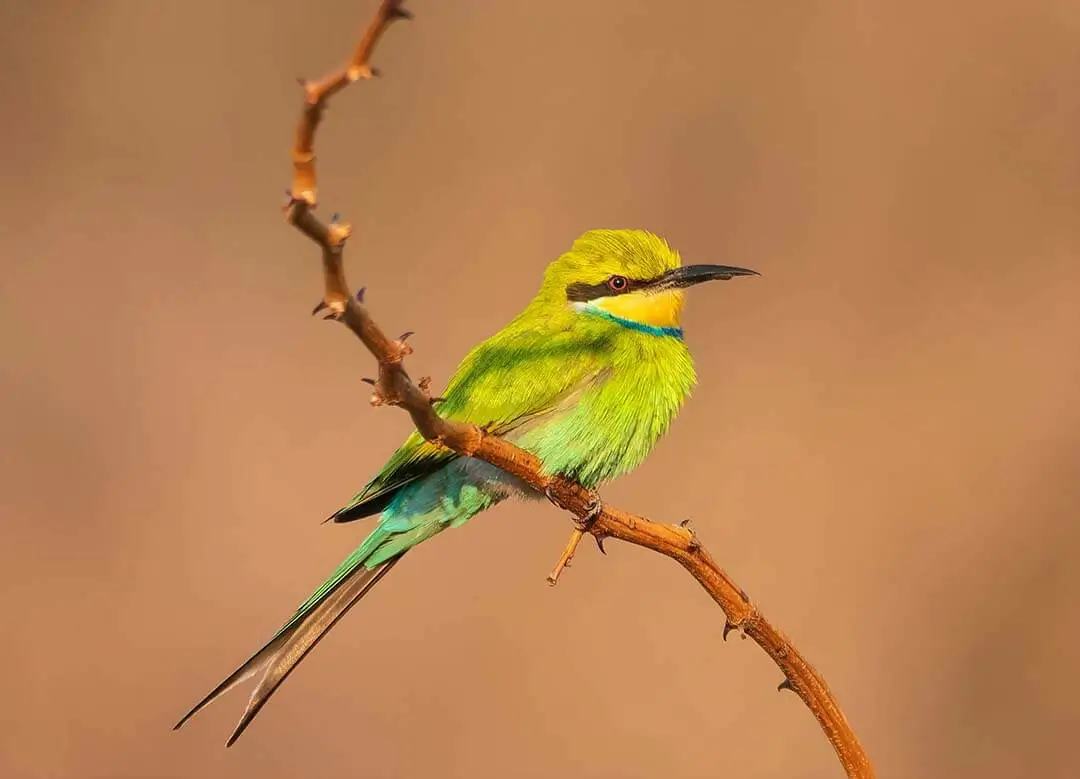
BIRDING IN
Erongo Mountains and Omarurus

BIRDING IN
Erongo Mountains and Omarurus

BIRDING IN
Erongo Mountains and Omarurus

BIRDING IN
Erongo Mountains and Omarurus
This is Located in central Namibia, this is one of Namibia's top birding spots. This region is named after Mount Erongo a well-known and often photographed landmark. The landscape is dominated by rugged granite outcrops standing tall over the surrounding arid plains. Omaruru is a small town located at the base of the Erongo Mountains in western Namibia. It's about 2 hours drive from Windhoek. Omaruru town surrounded by dry Acacia woodland and is traversed by two major rivers that flow west into the Atlantic Ocean, the Omaruru and the Khan thus offers the best bush-veld birding in Namibia.
Birds sometimes found behind the hotels include Lesser Honeyguide, Bearded Woodpecker, and Southern Pied-Babbler. Notable birds along the dry riverbeds and adjoining scrub are Orange River Francolin, Hartlaub's Francolin, Bradfield's Swift, Rosy-faced Lovebird, Violet Woodhoopoe, Carp's Tit, and Chestnut Weaver. Other birds in the same habitat include Red-billed Francolin, Gray Go-away-bird, Damara Red-billed Hornbill, Brubru, Rockrunner, Gray-backed Camaroptera, Rufous-vented Warbler, Hartlaub's Francolin, Rockrunner, Short-toed Rock Thrush and Freckled Nightjar, Bearded, Bennett's, Golden-tailed, Cardinal Woodpeckers and Black-faced Waxbill.
The mountains are flanked on the west by the Namib Desert and on the east by mixed woodland savanna and Acacia scrub around Omaruru. The confluence of ecosystems results in wonderful biodiversity and hence excellent birding. Raptors present in the mountains include, Black-chested Snake-Eagle, Booted Eagle, and Verreaux's Eagle. Paula's Cave Road goes through farmland in a newly created conservancy area. An early morning drive is likely to produce Hartlaub's Francolin and Rockrunner.
This is one of the best places to see the francolin, which can be very difficult to see and is generally found only early in the morning. The road leads to a National Monument where ancient rock art can be viewed. Other interesting birds include Swallow-tailed Bee-eater, White-tailed Shrike, Herero Chat, Pale-winged Starling, and Dusky Sunbird.
Erongo is the best area in the country to search for the very secretive Hartlaub's Spurfowl Pternistis hartlaubi. It is the smallest of the southern African spurfowl, but makes up for that with a complex, high-pitched synchronised call that, due to its ventriloquial character, makes it difficult to locate the bird. This species is nearly exclusively confined to granite and sandstone outcrops surrounded by grassy shrubland in northern Namibia and southern Angola. Unless calling, they are almost impossible to find. The other very special bird found in the Erongo area is the Rockrunner Achaetops pycnopygius, also known as the Damara Rock-jumper.
Birders can stay in town at the Omaruru Guest House or at the much more luxurious Erongo Wilderness Lodge in the nearby mountains. There other excellent accommodation options which are only a short drive away from Windhoek.
Our Experts are ready to provide answers
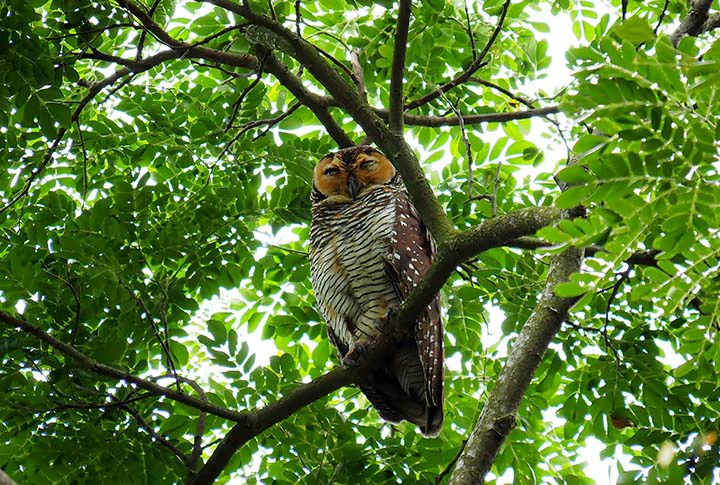
Birds include Wattled Crane, African Skimmer, Western- banded Snake Eagle, Wood Owl, Pel's Fishing Owl, Narina Trogon, Cape Parrot, and both Red-billed and Yellow-billed Oxpeckers.
Read More
Birding Specials for Avid Birders include; African hobby, African pygmy goose, Bat hawk, Bearded scrub robin, Bradfield's hornbill, Brown firefinch, Chirping cisticola, Collared palm-thrush, Coppery-tailed coucal, Green-backed honeyguide, Hartlaub's babbler, Lesser jacana, Little bittern,
Read More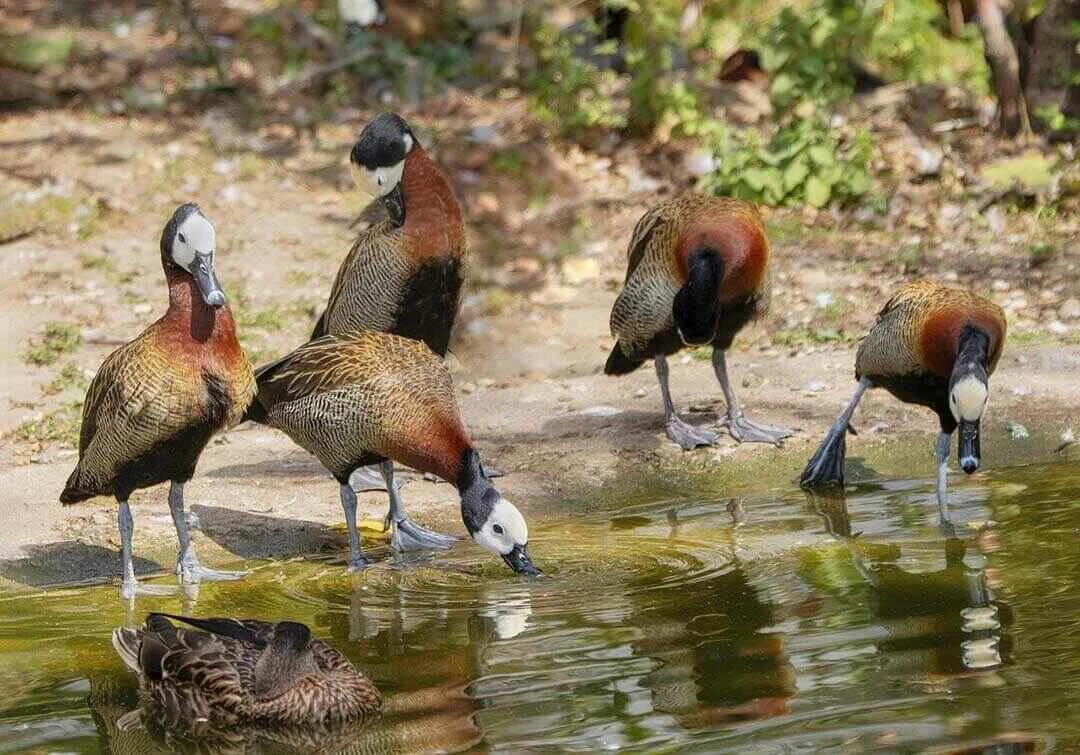
Daan Viljoen delivers brilliant dry country birding and could yield some very special species. This includes Monteiro's Hornbill, Verreaux's Eagle, Rockrunner, Carp's Tit, Short-toed Rock Thrush, Orange River Francolin,
Read More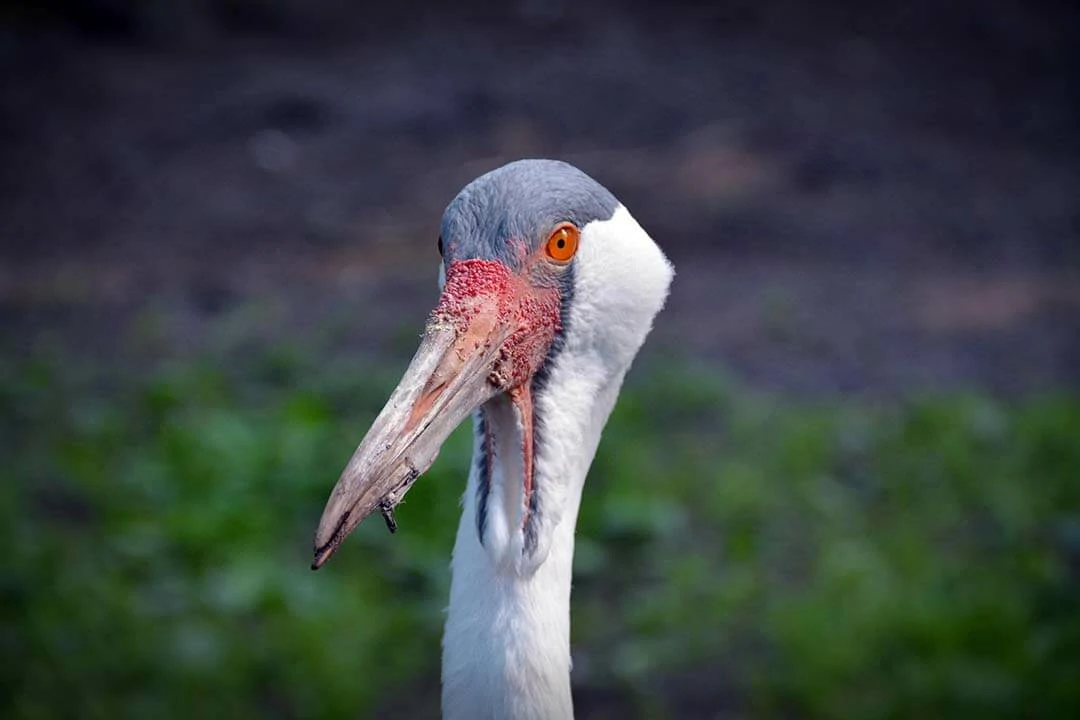
Etosha is home to 340 bird species, about a third of which are migratory. The avian residents of the park make up an eclectic mix that ranges from flamingos to the colourful lilac-breasted roller and eagles soaring high above.
Read More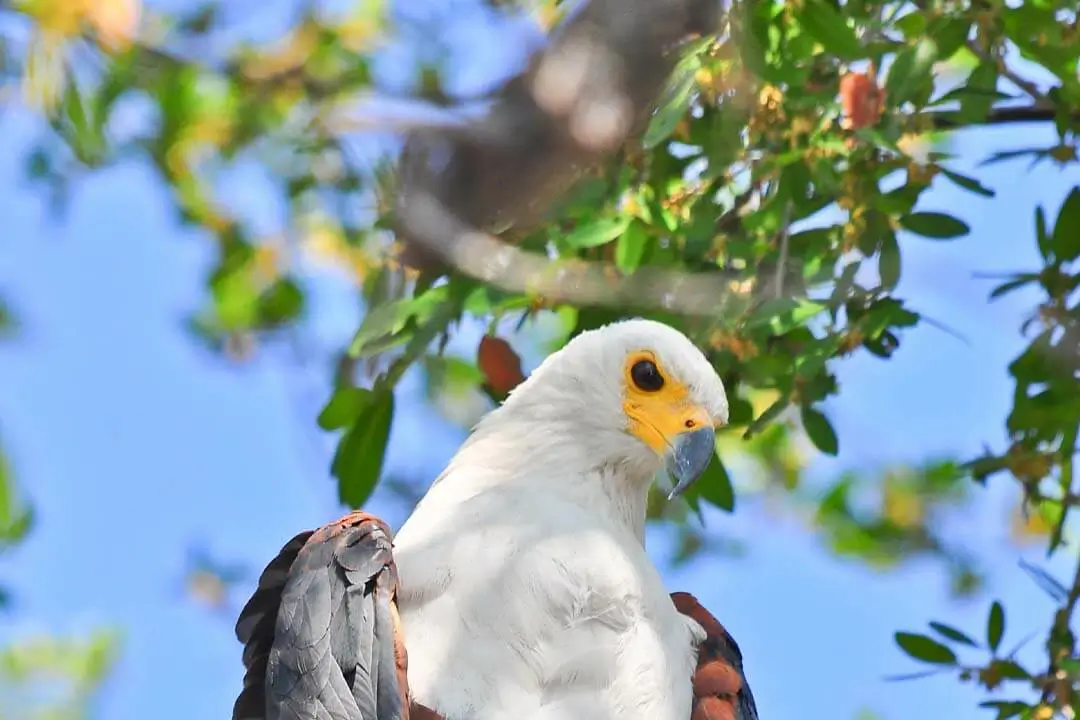
The 284 bird species recorded here include the Great White Pelican, Yellow Billed Stork, Osprey, Bradfield's Swift and Stark's Lark, Ostrich, White Pelican, Reed Cormorant, Darter, Goliath and Purple Heron, Little and Dwarf Bittern,
Read More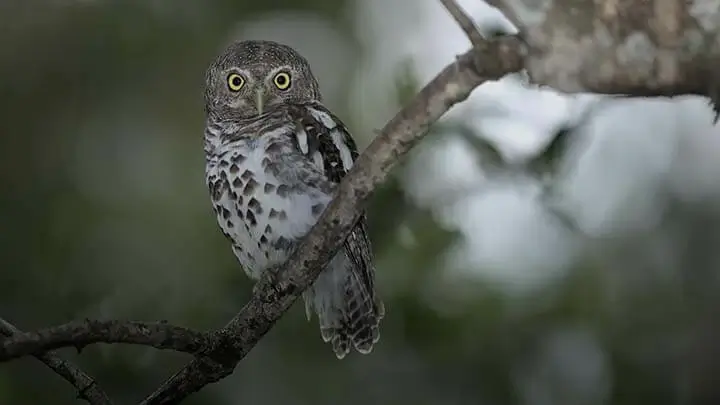
A combination of floodplain, open grassland, mopane and riverine woodland as well as papyrus-lined waterways make this a bird watching paradise. Birds such as Pel's Fishing Owl, Rock Pratincole, African Finfoot, White-backed Night Heron, Brown Firefinch, Coppery Sunbird, Chirping Cisticola, Redfaced Cisticola, Coppery-tailed Coucal are easily found and regularly seen.
Read More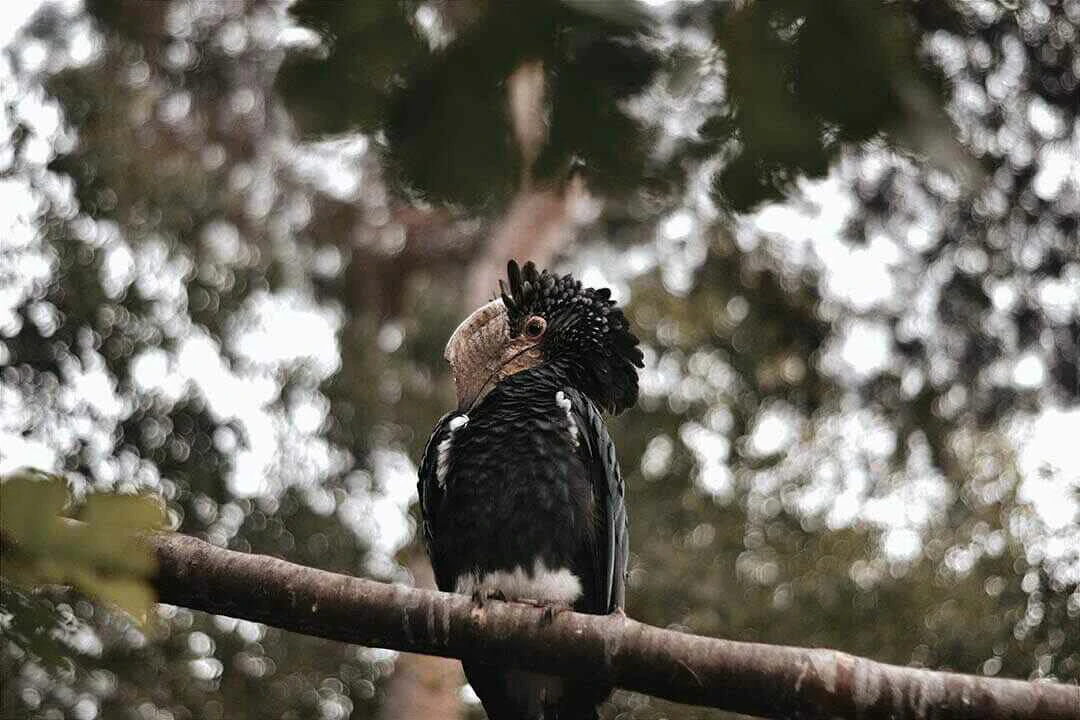
Birding in and around Katima Mulilo town offers plenty of sightings, amongst many others: African finfoots, African skimmers, African fish eagles and, if you are lucky, bat hawks on the River Zambezi.
Read More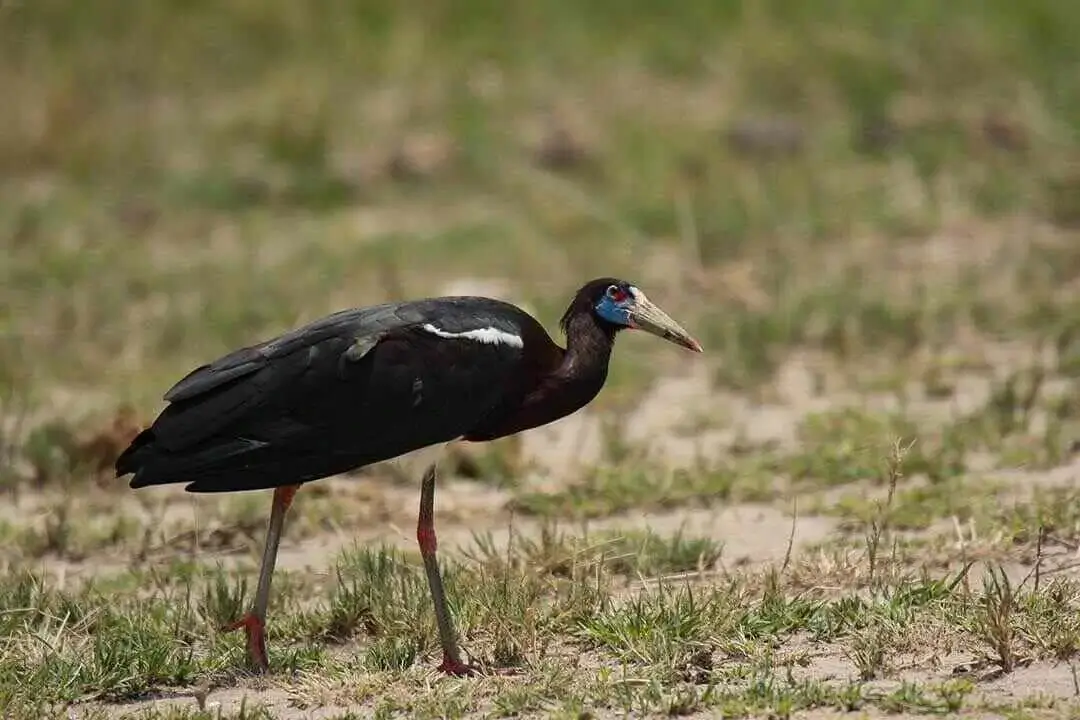
During the months between November and March, there are over 320 species of birds nesting and migrating through the park area. Amongst these, there are over 50 predator species of birds making this an exciting place to visit for bird lovers.
Read More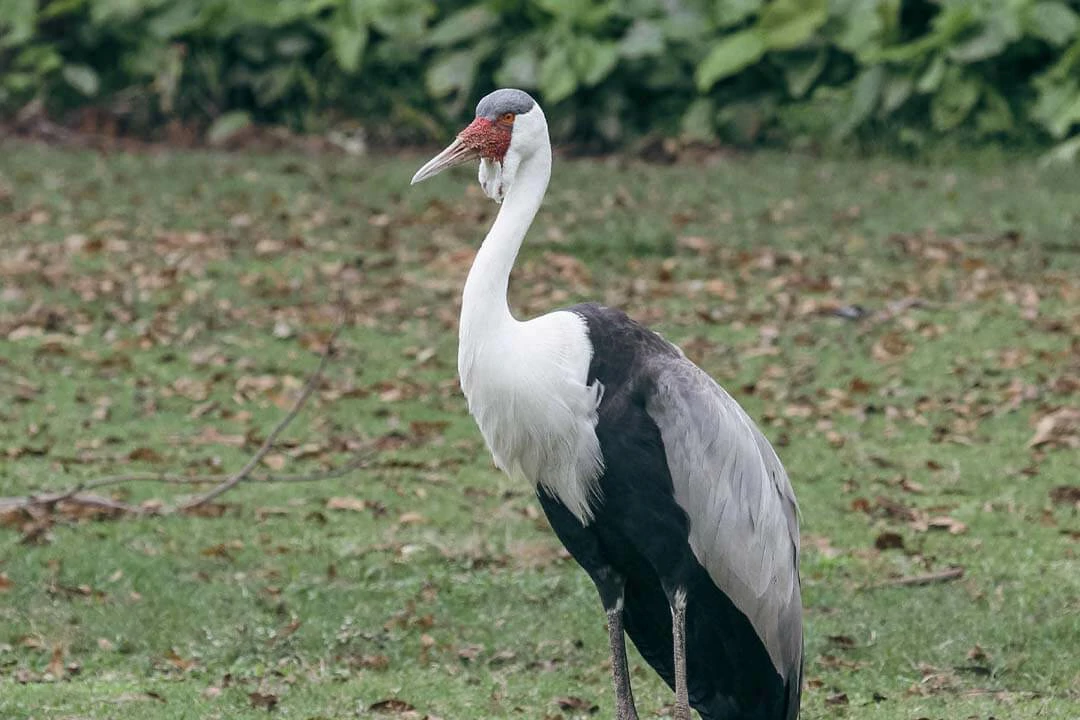
The birding is splendid, with threatened species such as Slaty Egret, Wattled Crane, and Black-winged Pratincole possible.
Read More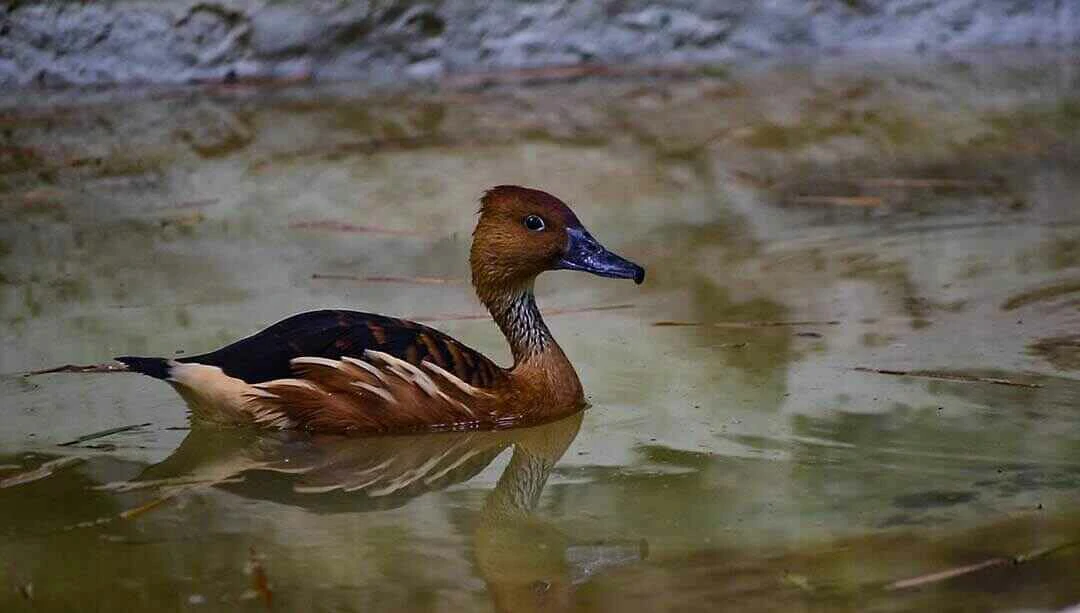
An amazing 430 species of birds have been recorded, which is nearly 70% of Namibia's total, and much game including the rare sitatunga and red lechwe as well as buffalo, elephant, zebra, antelopes, hippo, and crocodiles.
Read More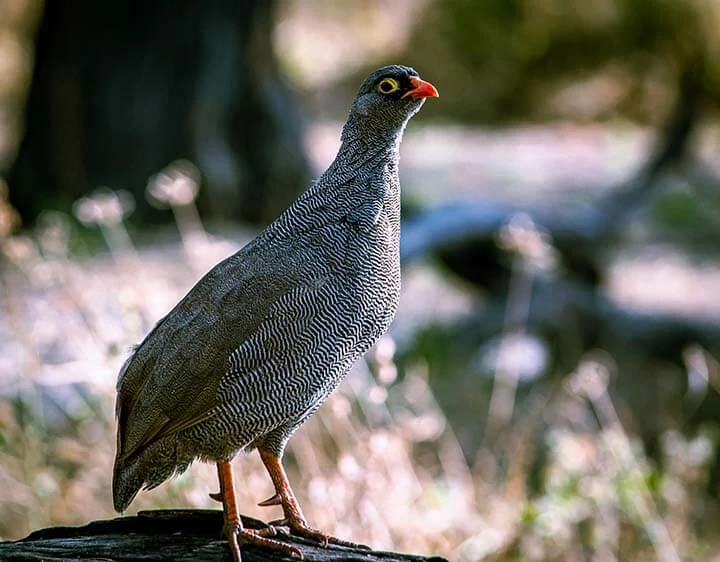
A place to pick up unique birds like Lapped-faced Vulture, Bateleur, Tawny Eagle, Meyer's Parrot, and Striped Kingfisher are among the birdlife vibrant in this region.
Read More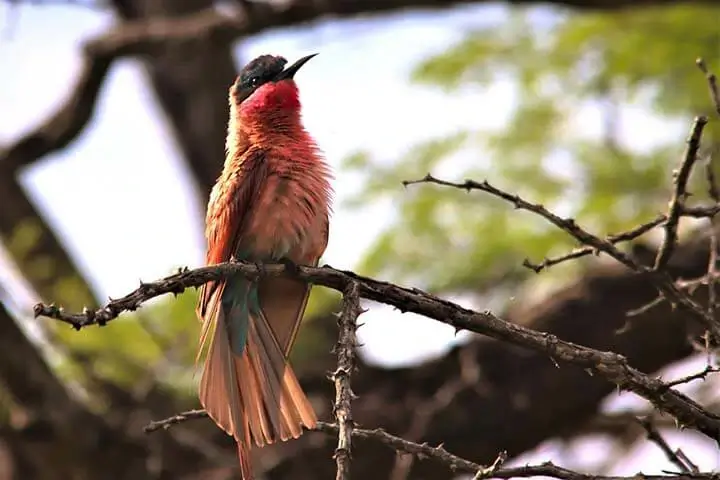
Birding Specials for Avid Birders include; African pygmy goose, Bradfield's hornbill, Bearded scrub robin, Brown firefinch, Collared palm-thrush, Lesser jacana, Grey-backed cisticola, Coppery-tailed coucal,
Read More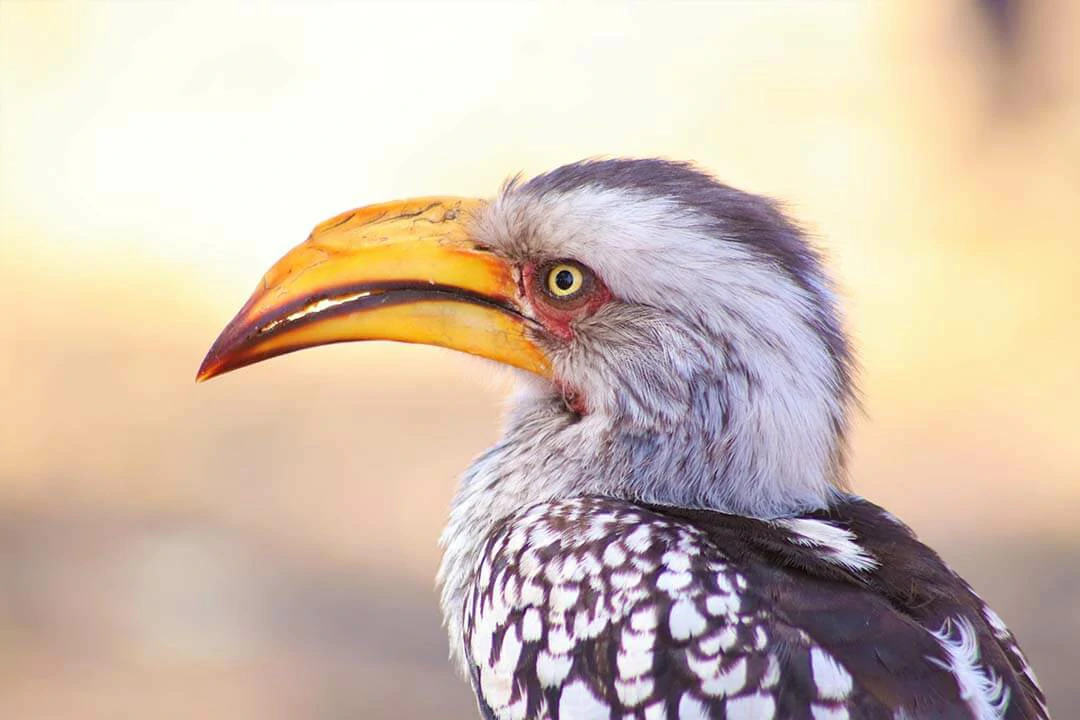
At Okonjima you will see the Africat Foundation at work, learn more about leopard and cheetah, and have excellent photographic opportunities. This is also a very good birding spot.
Read More